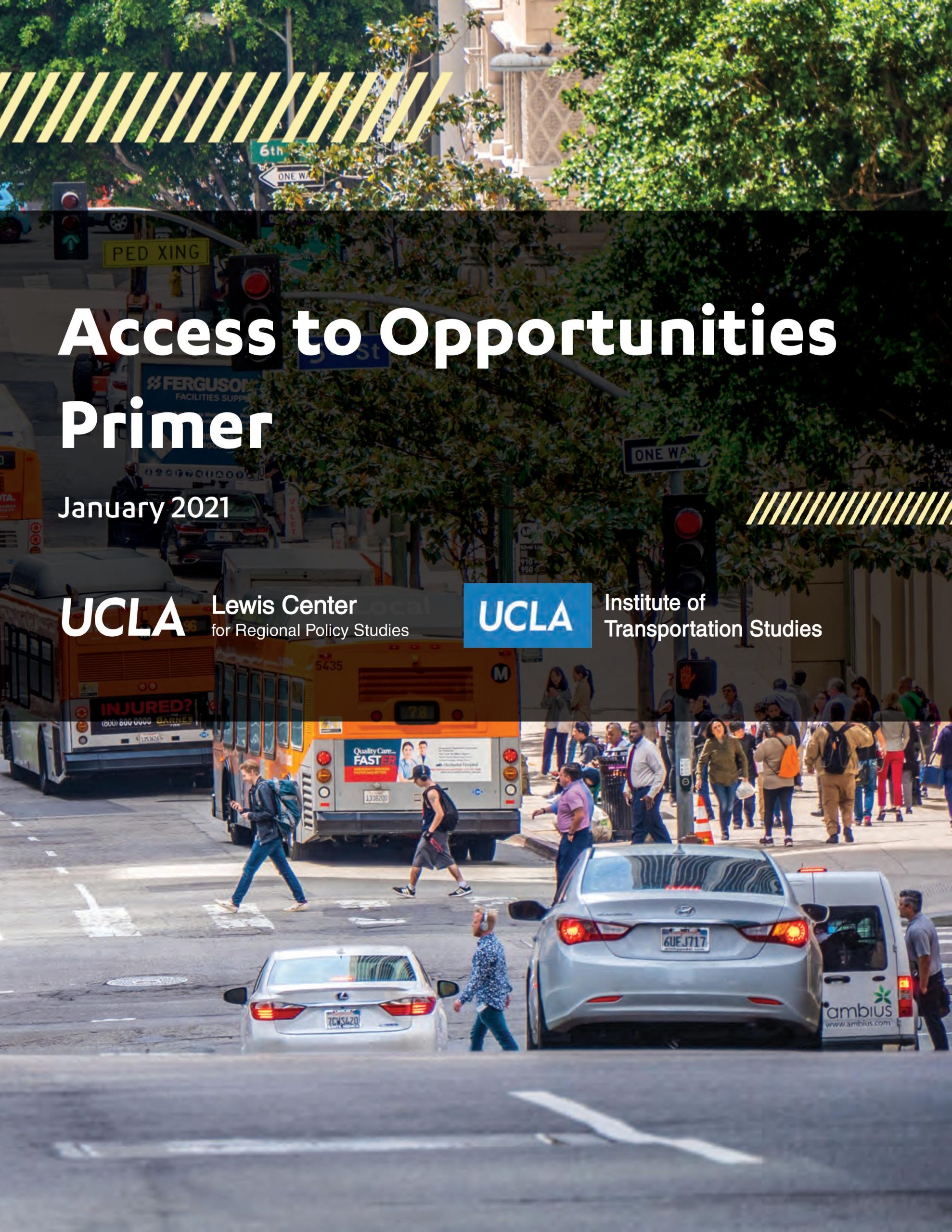Date: January 25, 2021
Abstract
Transportation allows people to reach the opportunities that they need to participate in social and economic life. It enables workers to get to jobs to earn a living, students to get to school to obtain an education, or people to see a doctor to get healthy. But for people who lack transportation, whether it be because they do not own vehicles or because public transit does not get them to where they need to be when they need to be there, these opportunities can cease to exist. This concept — the role of transportation in helping people reach essential destinations — is what is meant by the term “access to opportunity.” This primer seeks to help policymakers, public officials and their staff, and advocates understand access to opportunity — why it is an important concept, its determinants, and how it relates to other adjacent issues and policies in housing and economic development. As readers will find, untangling disparities in transportation access from the legacy of racist policies like redlining and discrimination is difficult, if not impossible. Addressing disparities in access to opportunities, therefore, cannot be done through transportation planning and policy alone. However, increasing transportation access is an essential part of this effort. We hope that this primer will be used to better inform and more effectively target transportation planning and policies to increase access to opportunity and reduce existing disparities. Presented in the pages that follow are a series of questions and answers to provide readers with a baseline understanding of transportation and its role in access opportunities. A focus on accessibility is essential to making transportation investments that engender more equitable regions for all.


